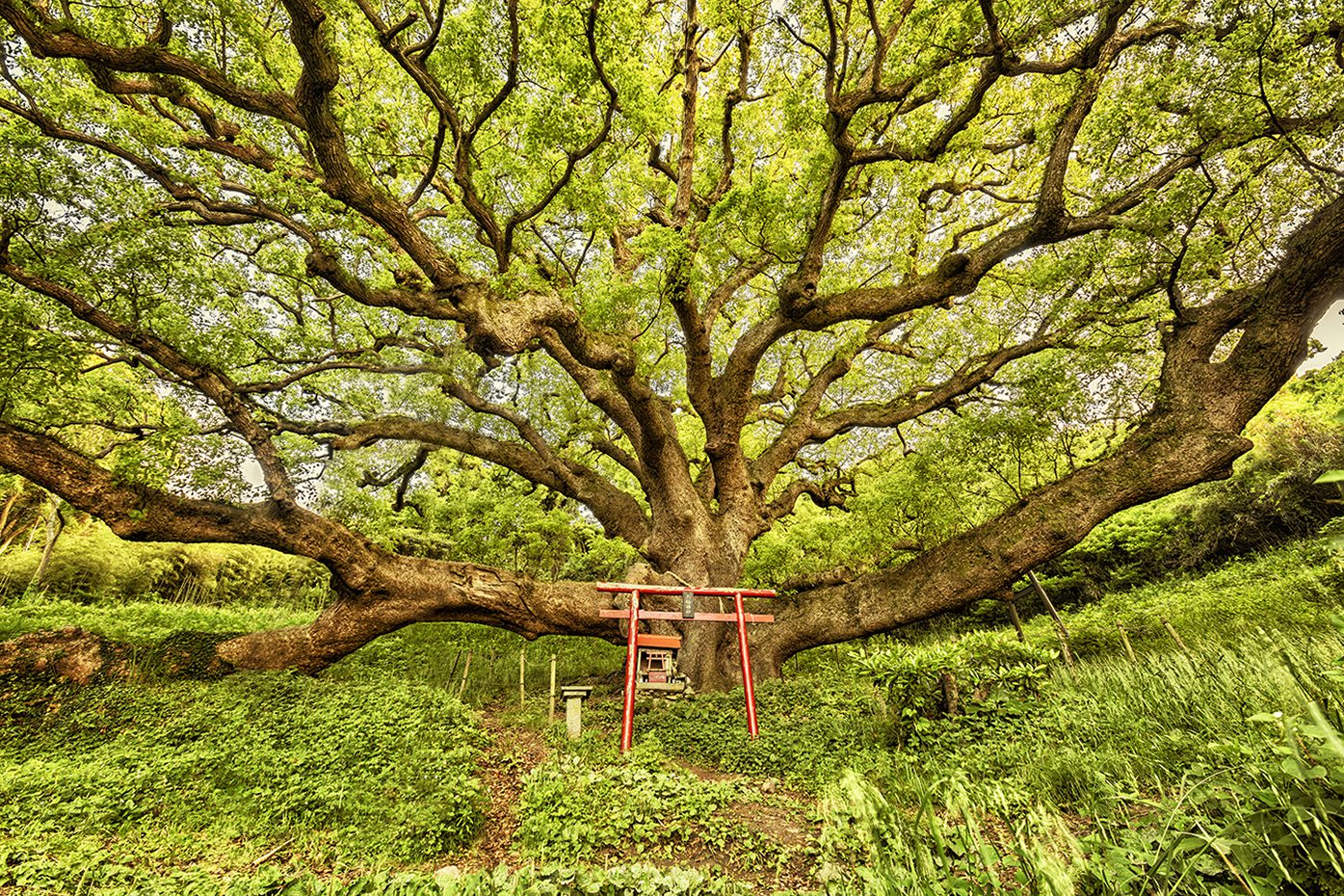Oak trees and bamboo are both natural wonders with impressive strength and resilience. Oak trees are known for their longevity and durability, while bamboo is known for its incredible tensile strength and sustainability. Bamboo is one of the most sustainable materials on the planet and can be harvested multiple times a year without harming the plant. Additionally, both oak trees and bamboo have played significant cultural roles throughout history and are adaptable to a wide range of soil and weather conditions. Despite their differences, both of these giants have valuable uses and continue to be important resources today.
Oak Tree vs. Bamboo: The Surprising Strength of Nature’s Giants
Introduction
Nature has a way of surprising us with its strength and resilience. Two such examples are oak trees and bamboo, both giants in their own way. In this article, we will compare and contrast these two natural wonders and explore the surprising strength that lies within them.
Strength and Durability
When it comes to strength and durability, oak trees are known for their longevity. Many oak trees can live for hundreds of years, and even after they die, their wood is still prized for its strength and durability. Oak wood is resistant to rot and decay, making it an ideal material for building furniture, flooring, and even ships.
Bamboo, on the other hand, is known for its incredible strength for its size. Bamboo is one of the fastest-growing plants on the planet, and it can grow up to 91 cm (35 inches) in just one day. This rapid growth is due to the strength of its cell walls. In fact, bamboo has a higher tensile strength than many types of steel, making it an ideal building material in many parts of the world.
Environmental Impact
When it comes to the environmental impact of these two giants, bamboo has a definite advantage. Bamboo is one of the most sustainable materials on the planet, as it grows quickly and can regenerate after harvest. In fact, bamboo can be harvested multiple times a year without harming the plant, making it an ideal material for sustainable building and manufacturing.
Oak trees, on the other hand, take a long time to grow and are often harvested for their wood before they reach maturity. This can have a negative impact on the environment, especially if new trees are not planted to replace the harvested ones. Additionally, oak trees are often cut down for agricultural purposes, which can lead to deforestation and other environmental issues.
Adaptability
Both oak trees and bamboo are incredibly adaptable, but in different ways. Oak trees are able to grow in a wide range of soil types and moisture conditions. They are also able to survive in harsh weather conditions, including droughts, floods, and extreme temperatures.
Bamboo, on the other hand, is able to adapt to a wide range of climates and can grow in a variety of soil types. Additionally, bamboo is able to withstand high winds and earthquakes, making it an ideal material for building earthquake-resistant structures in areas prone to seismic activity.
Cultural Significance
Both oak trees and bamboo have played significant cultural roles throughout history. Oak trees have been used for centuries in shipbuilding and furniture making, and the wood was prized for its strength and durability. Additionally, oak trees have been revered in many cultures as symbols of wisdom, strength, and longevity.
Bamboo, on the other hand, has been used in many parts of the world for centuries for building materials, such as scaffolding, bridges, and housing. In many Asian cultures, bamboo is considered a symbol of resilience, strength, and flexibility.
Conclusion
In conclusion, both oak trees and bamboo are impressive giants in their own right, and they both have surprising strength and resilience that have made them valuable resources for centuries. While oak trees are known for their longevity and durability, bamboo is known for its incredible tensile strength and sustainability. Both of these natural wonders have played significant cultural roles throughout history, and their adaptability continues to make them valuable resources today.
